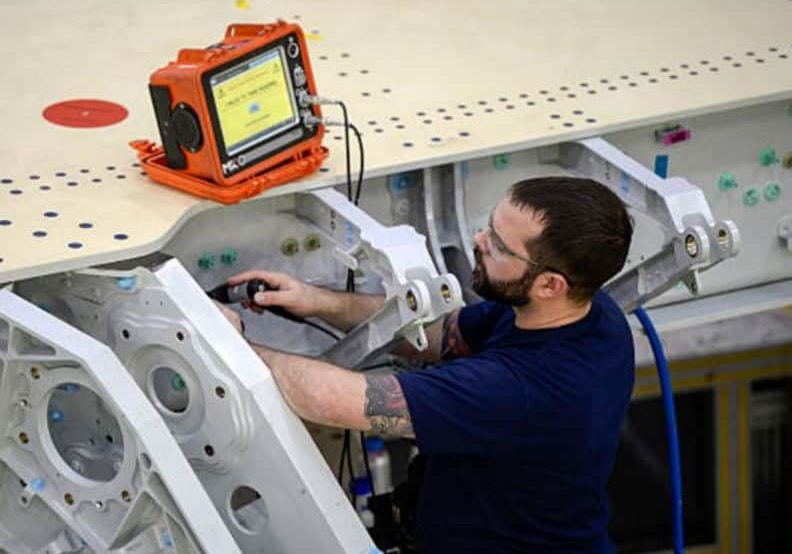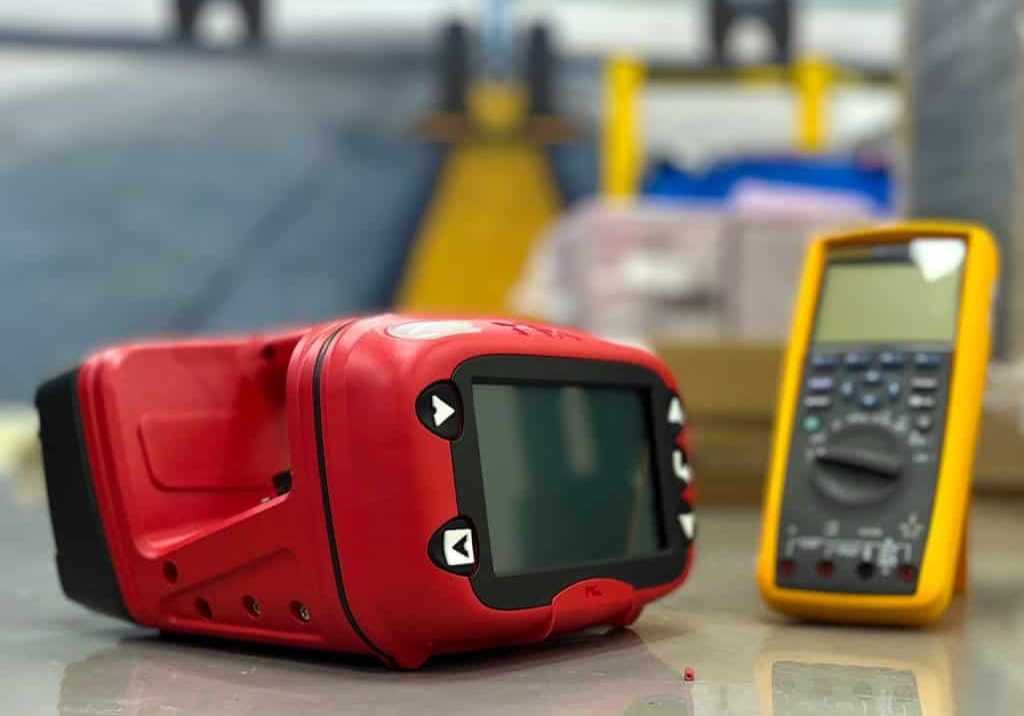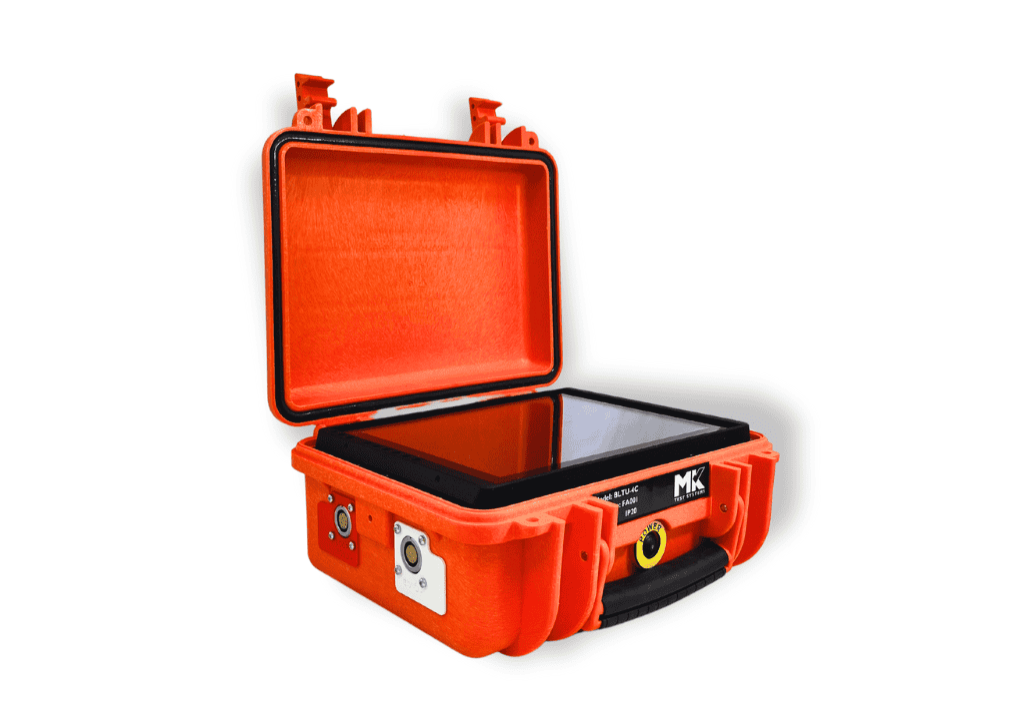Bond Loop Resistance testing
Improving precision and efficiency for aircraft lightning strike protection testing.
Bond loop resistance testing ensures critical electrical connections maintain low resistance, safeguarding aircraft systems from lightning strikes and electromagnetic interference (EMI). This essential test, performed during manufacturing or maintenance, ensures avionics function seamlessly, securing safe, uninterrupted flights.
We offers several tools for this key task, all of which are proven to improve precision and efficiency for operators in both manufacturing and maintenance environments.
The importance of bond loop resistance testing.
The need for EMI testing has never been more important for commercial and military aircraft. High Intensity Radiated Field testing, commonly referred to as HIRF testing, was designed to verify and ensure safety during flight and landing of aircraft.
Testing identifies areas of excessive resistance that could be caused by corrosion, loose connections, or damaged wires.


Using a multimeter for bond loop resistance testing is dangerous.
Many people mistakenly believe a multimeter is suitable for bond loop resistance testing, but this approach is not only incorrect—it can also be dangerous.
Multimeters often detect parallel paths created by other bond and loop connections, potentially misidentifying a faulty connection as sound. To accurately identify bad connections it is essential to inject a current, which multimeters cannot do.
Specialist tools, like our ExLRT and BLTU-4C products, ensure compliance with industry standards and provide precise, reliable results. We offer on-site demonstrations so you can compare readings and see the difference for yourself.
ExLRT
Taking the weight of bond loop resistance testing off your shoulders.
The ExLRT® is an intrinsically safe tester, certified for use on fuelled aircraft, making it a trusted choice for Maintenance, Repair, and Overhaul (MRO) operations.
It is a specified tool in several Aircraft Maintenance Manuals, ensuring it meets industry requirements.


BLTU-4C
A smaller footprint, superior performance.
Introducing the -4C models; the next generation in our family of automated, intelligent joint and bond loop resistance testers.
BLRT-4C and BLTU-4C are both in the final stages of development, and are due to reach the market later this year.
The new models will be smaller than the current BLRT and BLTU models, whilst achieving the same measurements.
Why choose an MK Test bond loop resistance testing tool:
Designed for industrial / hangar applications, our tools have brawn as well as brains.
They can all be loaded with on-screen operator instructions to make taking measurements as simple as possible. Weighing as little as 3kg (6.6lbs), they're light enough to be handled by a single operator. To enable a faster testing process, they have pass/fail status indicators on the couplers and bond probes.
We also guarantee traceability, through paperless process log and uploading of test results.
The removable "hot-swap" batteries also mean no downtime due to loss of power.
ExLRT's Record Mode feature eliminates the risk of human error caused by manual recording of measurements on task cards, an issue typically seen with alternative LRT tools.
Measurements are saved for later viewing on the ExLRT tool itself, or for upload to a PC.
ExLRT offers a 77% saving in labour costs for data collection, data management and data error correction compared to manual recording of measurements.
Carry out bond, loop and joint testing with ease using the BLTU4.
The bond test resistance range is 0.03mΩ to 20Ω; loop test resistance range from 1mΩ to 200mΩ; and joint test resistance range from 0.1mΩ to 200mΩ.
The soft-start current source prevents arcing, and the system can also be operated in both automatic and manual modes.
Contact us to request a quote, demo or more details about our solutions for bond loop resistance testing.

RESOURCES
Not sure which tool you need? Let us help you.
Which LRT tool do the OEMs specify? What are the key points to consider when sourcing a new tool? What is loop resistance testing?
We have the answers to these questions and more in our blog. And if you don’t find the answer there, please get in touch and we can advise the best tool to match your requirements.
Resources
Want to see more use cases?
Browse the rest of our application examples, searchable by lifecycle stage or industry, to find your best fit.


















Did you know? You shouldn't use a bond meter to carry out bond loop and joint resistance tests.
To find out why not and to get more tips, download our free “How to choose a loop resistance tester” guide.
